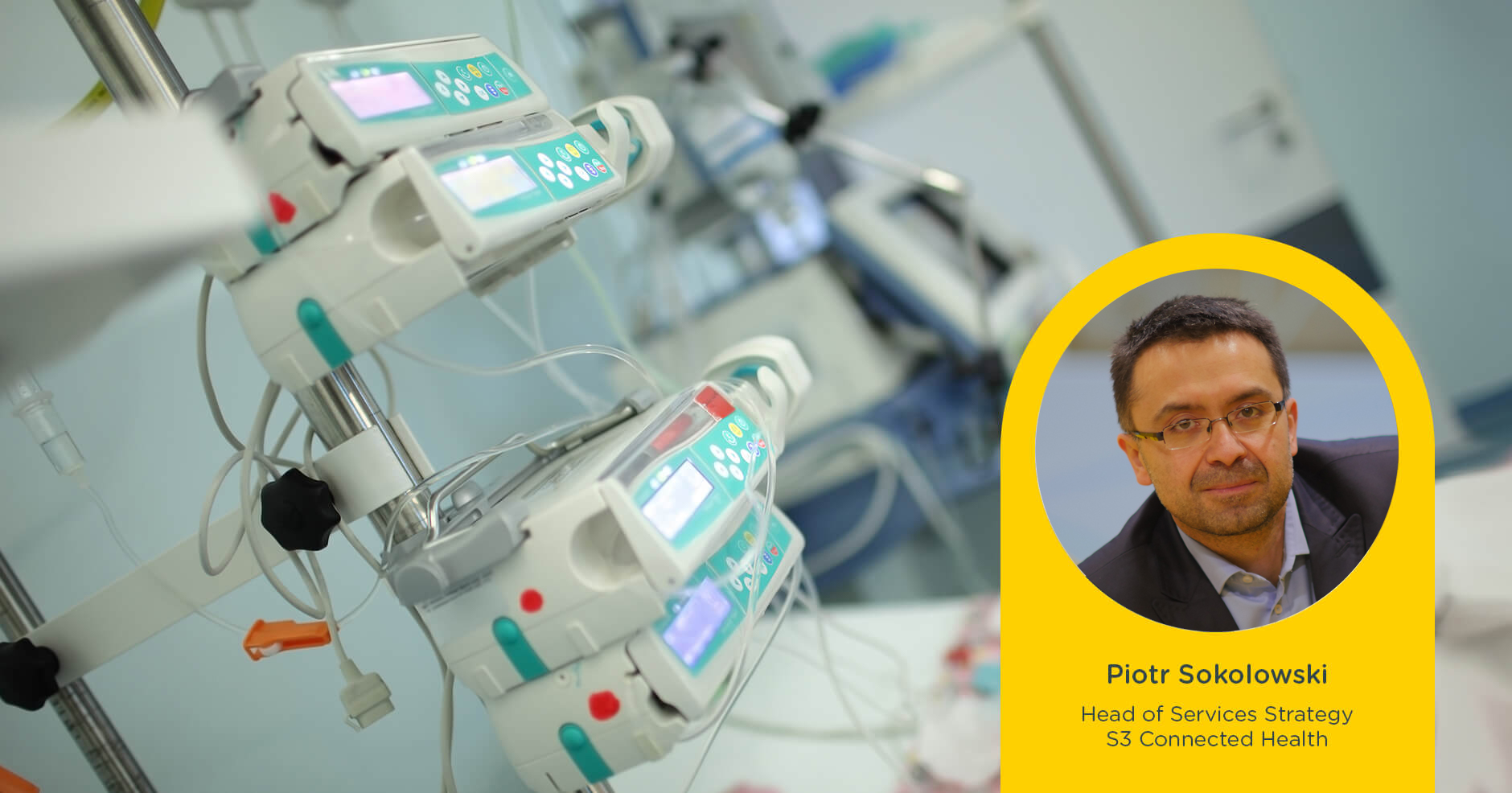The connected medical device market is expected to reach $188 billion by 2024, with 50 billion medical devices connecting clinicians, health systems, and patients to one another.
Why is the market booming? Because connected devices deliver a lifeline to patients across the healthcare system and enable medtech companies to deliver significant cost and time efficiencies.
As the world adapts to cope with the COVID-19 pandemic, the value of connected medical devices is becoming even more apparent. With our healthcare systems under stress, it is critical that medical devices operate at peak performance and without manned support - allowing those on the front lines to perform their job the best they can.
Device connectivity and supporting services surrounding the hardware can make the difference in the delivery of high-quality care, particularly in hospitals. This is because adding connectivity to your device can significantly enhance its performance and operational efficiency.
Here’s how:
Use data to optimize medical device performance
Nearly two thirds (64%) of companies are now using connected data to enhance the performance of their device. Without this connectivity, technical support teams do not know about device problems until they are reported from the field by the users, and then they have to manually service every device, or rely on device operators to do so – all timely and costly processes. Adding remote device connectivity enables you to track the performance of your device in a proactive manner (preventative maintenance), resolve many of the problems remotely (e.g. via firmware upgrade) and monitor your device for patient safety issues and security breaches (post-market surveillance). This data will be analyzed internally to improve current and future devices but can also be shared with hospitals and suppliers to reduce downtime, optimize the supply chain, and make sure devices operate at peak efficiency.
Enable increased efficiency and patient care
Smart devices with connectivity can be used to off-load clinical staff from many manual tasks at preparation and during actual therapy. Medical professionals no longer need to manually enter patient data and therapy prescriptions. The devices can automatically log inventory, order medication, and report therapy proceedings and outcomes back to the hospital information system and EHR. All of which gives clinicians more time with their patients.
Focus on where the value is in therapy
When a medical device is connected, it can deliver data on the items correlated with actual therapies. For example: the amount of medication consumed, number of disposable kits used, operators’ actions, or duration and outcomes of particular procedures. Not only does this ensure hospitals never run out of vital medication or disposables, it enables significant cost savings for medtech companies by enabling the release of money that was previously tied up in resting capital (i.e. overstocking hospitals). In the value-based-care settings, this can also enable new business models with hospitals and clinics, e.g. based on the exact amount of drug or consumables used or even for successful therapy - rather than for general device usage. This shifts the focus to where the value is and encourages both device manufacturers and hospitals to seek better patient outcomes at lower cost.
Medtech companies can remain competitive by embracing medical device connectivity
To remain competitive, medtech companies must be open to the growth opportunities connectivity can bring; from optimizing performance and cutting costs, to improving patient outcomes. If you’re unsure where to start here’s our top tips for establishing a truly connected device offering that can drive operational efficiency:
- Ensure internal stakeholders are aligned
Before you decide to invest in connectivity, it’s important to secure internal buy-in from key stakeholders. Show them the value of connecting devices for the business, hospitals, and patients, and set clear objectives that will help them (and you) measure the success of the connected health journey. - Change your mindset
One of the biggest hurdles to overcome is a shift in mindset. While the focus to date will have been on the device, you need to start viewing your company as a ‘service provider’. Whether connecting a device with limited or large-scale services, shifting towards a serviced approach secures a more meaningful position in the healthcare ecosystem and opens up new revenue streams for your business. - Find the right partner
Designing, developing, and operating a connected medical device service that can meet regulatory, security, and commercial functions, as well as scale across global markets, requires specific expertise. Make sure you choose the right partner to meet your strategic business goals, and one you can continue to scale with in the future.
Piotr Sokołowski
Director of Strategy, Connected Health Solutions
S3 Connected Health
To find out more about how connectivity can drive operational efficiencies for your company, download our new whitepaper:
Unlocking Medtech’s Future Potential with Connected Devices and Services


